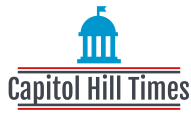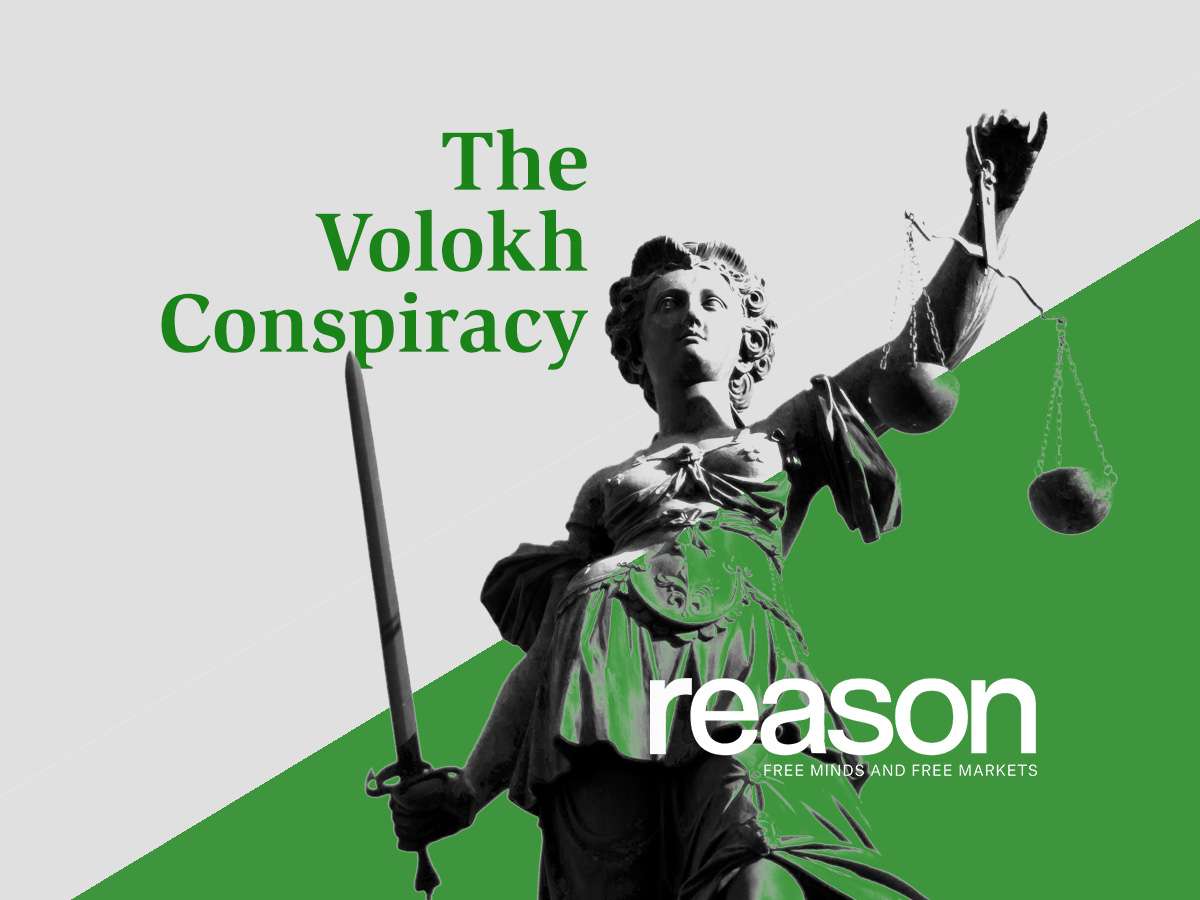Now, I am able to absorb it. Whole Woman’s Health, v. Jackson. Based on oral argument, my prediction was absolutely wrong. I don’t recall the last time that I wrongly guessed a case so badly. The tea leaves were hard to see, so I had to stop reading them. Ouch. I was not the only one. FantasySCOTUS members predicted a 6-3 turnback. Both wrong and right.
In this section, I’ll explain how the decision was made and what is likely to happen on appeal.
ErstCourt did not allow a preenforcement challenge against any of the named defendants.
Stephen Carlton, executive director of Texas Medical Board; Katherine Thomas, executive director of Texas Board of Nursing; Allison Benz, executive director of Texas Board of Pharmacy; Cecile Young, executive commissioner of Texas Health and Human Services Commission
These four defendants can be sued. These defendants, as per the majority of cases, have some responsibility to enforce S.B. 8. Suitability does not apply to sovereign immunity.
Based on the argument and briefing, we see that the defendants in question fall under the purview of Ex parte YoungThe historic exception to sovereign immunity of the state. These individuals are each executive licensing officials who can or must enforce the Texas Health and Safety Code against petitioners, if the violations include S. B. 8. See, e.g., Tex. Occ. Occ. §164.055(a); Brief for Petitioners 33–34. We hold therefore that petitioners can still sue these defendants for their sovereign immunity at the motion-to-dismiss stage.
SecondHow does that affect the plaintiffs’ ability to sue these defendants? The exchange between Justices Gorsuch, Thomas in this case is important. There is agreement in many areas between concurrence and the majority, which should help inform the proceedings on the remand.
Justice Gorsuch made the following statement on p.12
[Justice Thomas]The relevant tradition is embodied here as well. Ex parte Young, Only those officers who have the authority to enforce an unconstitutional state law are eligible for equitable relief. Post, at 3–4. All of these principles are agreed upon by usOur disagreement rests on their applicability.
Most people agree that equitable relief should be allowed “against the only officials who are authorized to enforce an unconstitutional state law.” The question of the authority’s scope is what this inquiry will focus on. An official cannot be sued if he has no authority. Therefore, it is important to consider the actual authority of these four officials before deciding on the District Court’s ruling. (Question who gave this majority opinion. Justice Thomas would probably have voted for the majority, but he recognized that he might need to dissensive in part.
TroisièmeThe Thomas/Gorsuch agreement imposes a major limitation on proceedings in lower courts. S.B. cannot be enjoined by the District Court. 8. S.B.’s facets can be stopped by a judge. 8 fall under the purview of these officials. These officials Only These officials have the power to regulate healthcare professionals. However, these officials don’t have the authority to regulate any other entity. Consider non-profits, for example. They may be able to fund abortions. This category could include insurance companies. This group would not be authorized to sanction abortion-funding groups. This ruling by the District Court could not be used to address lawsuits against other entities. It would be an advisory opinion that could be used to make a decision about how S.B. 8. can also be applied in other contexts. It is not the statutes that are enjoined by courts, but rather parties. Judges cannot address constitutional issues beyond their jurisdiction.
FourthFootnote 3, which shows the limits of District Court’s jurisdiction, is shown in this preview:
[FN3]Petitioners can proceed against [executive commissioner of the Texas Health and Human Services Commission]Ms. Young only has authority to license abortion centers and ambulatory surgeons and does not have any other enforcement authority according to Chapter 171 Texas Health and Safety Code.
Ms. Young is the exception to this rule. The District Court wouldn’t be allowed to address any other issues than licensing of ambulatory surgical centres and abortion facilities. On page 13, Justice Gorsuch discusses §164.055, which he mentioned on the prior page:
Consider, for example, Texas Occupational Code §164.055, titled “Prohibited Acts Regarding Abortion.” This provision says that Texas Medical Board will take appropriate disciplinary actions against a physicianWhoever violates . . Texas’s chapter 171 Health and Safety Code” is a portion of statutory Texas law. Includes S. B. 8. Therefore, Texas law seems to impose on licensing-official defendants an obligation to enforce any law that “regulates”.[s]Oder interzice[s]S.B. explicitly protects abortion as a legal obligation 8’s Saving Clause.
This does not cover “physician”.[s]” and does not include any other entity that could aid or facilitate the execution of an abortion.
FifthJustice Thomas agrees and identifies the roadblock that is preventing lower courts from proceeding. However, the majority did not identify a role for Ms. Young. How about three others?
For the remaining licensing officials—the heads of the Texas Health and Human Services Commission, the Texas Board of Nursing, and the Texas Board of Pharmacy—The principal opinion does not identify any law linking these officials with S. B. 8. This overrides Act’s exclusion of government enforcement authority. S. B. 8 expressly forecloses any enforcement authority. According to the Act, “The Commission shall enforce.” [Chapter 171]Except for Subchapter H,” which is where S.B. 8 is codified. “This shall be enforced only through. . . Private civil enforcement actions . . The commission may not enforce these rules.” Tex. Health & Safety Code Ann. §171.005 (West 2021).
Perhaps the District Court was unable to provide relief against Young in respect of “licensing for abortion facilities” and “ambulatory surgical center licensure.” It is possible that the three remaining officials have no part whatsoever. All other possible entities involved in abortions fall outside the purview of the court’s restricted jurisdiction.
District Court is in a tight spot. Justice Gorsuch offers a narrow route for relief, which won’t likely allow clinics to reopen.
SixthRemember Footnote 3. Justice Thomas concurred.
Due to the fact that the errors of the principal opinion are based on misinterpretations Texas law, Texas courts will continue to be free of any liability for correcting them. See, Estate of Thornton, e.g. v. Caldor, Inc., 472 U. S. 703, 709, n. 8 (1985).
Texas Supreme Court might rule that S.B. is not applicable to the defendants. 8. In this case, the dispute is resolved.
SeventhTherefore, I anticipate that the District Court will issue an injunction as soon and efficiently as possible. The injunction may not be sufficient, but it is likely to follow the same lines as those I discussed above. The clinics won’t reopen because the four defendants named have limited regulatory authority. The Fifth Circuit could then narrow the judgement, in accordance with the Thomas/Gorsuch deal. The Supreme Court will then hear Whole Woman’s Health. In the meantime, the Justices could continue to hear the case. DobbsThen, in light of Dobbs.
EighthI anticipate. United States v. Texas To fade away. It was the best decision by DIG. The Fifth Circuit will decide that the suit is unpermissible. Cert will be denied by the Supreme Court.
In a subsequent post, I’ll have additional information.

